Introduction
In the midst of summer’s scorching heat, there’s nothing quite as refreshing as slicing into a juicy, sweet watermelon. This versatile fruit not only provides hydration but also offers a burst of flavor that can elevate any picnic, barbecue, or simply a lazy afternoon at home. However, selecting the perfect watermelon can sometimes feel like an art form, especially with the myriad of varieties and varying levels of ripeness. This guide aims to demystify the process and empower you with the knowledge to pick out the most delicious watermelon every time.
Understanding Watermelon Varieties
Before diving into the specifics of selection, it’s crucial to understand that watermelons come in various shapes, sizes, and colors. Common varieties include:
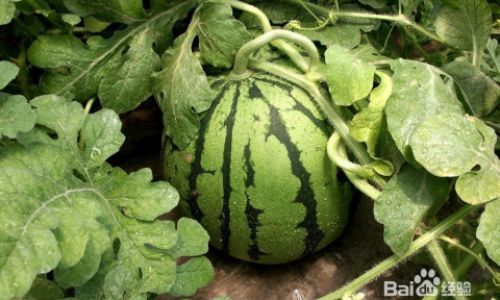
- Crimson Sweet: Known for its deep red flesh and sweet taste, this variety is often round or oval in shape.
- Charleston Gray: Featuring a dark green rind with stripes, this watermelon is noted for its crisp texture and balanced sweetness.
- Sugar Baby: As its name suggests, this small, round watermelon is exceptionally sweet and perfect for smaller households or individual servings.
- Black Diamond: With a dark, almost black rind, this variety boasts a rich, dark red flesh that is both sweet and firm.
- Yellow Flesh Watermelons: Though less common, these watermelons have a golden-yellow flesh that is often sweeter and more aromatic than traditional red-fleshed varieties.
Each variety has its unique characteristics, so familiarity with these can help narrow down your choices based on personal preference.
Visual Inspection: The Art of Appearance
-
Color: A ripe watermelon typically has a dull, matte exterior rather than a shiny one. Look for a uniform coloration with no patches of white or yellow, which could indicate an unripe fruit. For striped varieties, the stripes should be dark and well-defined.
-
Shape: A uniformly round or oval shape is generally a good sign. Avoid watermelons that are misshapen or have bulges, as these can indicate uneven ripening or internal issues.
-
Underside: The yellow or creamy spot on the bottom of the watermelon, known as the “ground spot,” should be yellow and slightly larger, indicating that the melon has been resting on the ground long enough to ripen fully.
Tactile Assessment: Feeling It Out
-
Thump Test: One of the most well-known methods, the thump test involves gently tapping the watermelon with your knuckles. A ripe watermelon should produce a deep, hollow sound, akin to a drum. A dull thud may indicate over-ripeness or an unripe fruit, while a high-pitched sound could mean the watermelon is too dry.

-
Heft: Pick up the watermelon and feel its weight. A ripe watermelon should feel heavy for its size, indicating a high water content. Lightweight watermelons might be too dry or underripe.
-
Firmness: Gently press the rind with your fingertips. It should yield slightly but not feel soft or mushy. Soft spots can indicate bruising or over-ripeness.
Auditory Insights: Listening Closer
While the thump test is popular, some experts recommend a more refined approach using your ears. Place your ear close to the watermelon and listen for internal sounds. A ripe watermelon might produce faint, echoing sounds when tapped, indicating a hollow, juicy interior. This method takes practice but can be highly effective once mastered.
Smell the Sweetness
Though not as definitive as other methods, giving the watermelon a嗅闻 (sniff) can sometimes provide clues. A ripe watermelon may have a faint, sweet aroma. While this isn’t always reliable due to variations in scent intensity, it can be an additional factor to consider.
Checking the Vine
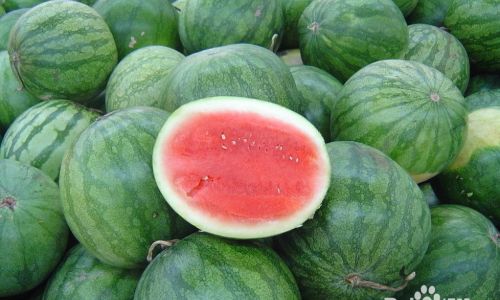
The vine attached to the watermelon can also offer valuable information. A fresh, green vine that’s still attached indicates that the watermelon was recently harvested. Dry, brittle vines might suggest that the watermelon has been on the shelf for too long.
Seasonal Considerations
Watermelons are typically at their peak during the summer months, when the warm weather promotes optimal ripening. Choosing watermelons during their peak season not only ensures better flavor but also higher availability and often lower prices.
Final Tips
- Trust Your Instincts: Sometimes, the best way to pick a watermelon is to rely on your overall impression. Combine visual, tactile, auditory, and olfactory cues to make an informed decision.
- Buy Local: Whenever possible, opt for locally grown watermelons. They are often fresher and better suited to your local climate, enhancing both flavor and nutritional value.
- Store Properly: Once you’ve selected your perfect watermelon, store it in a cool, dark place until you’re ready to eat it. Avoid refrigerating it for too long, as this can alter its texture and flavor.
Conclusion
Choosing a delicious watermelon doesn’t have to be a hit-or-miss endeavor. By understanding the different varieties, carefully inspecting the appearance, feeling the firmness, listening for the right sounds,嗅闻 (smelling) for sweetness, checking the vine, and considering seasonal factors, you can confidently select a watermelon that will delight your taste buds and keep you cool during the hottest days of summer. With these tips in mind, your next watermelon adventure is sure to be a sweet success.
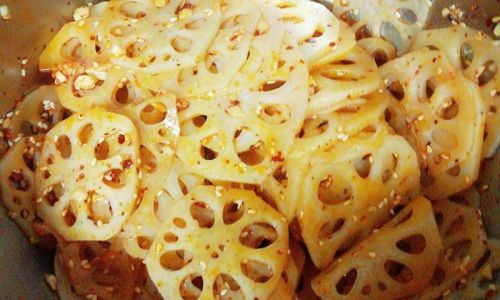


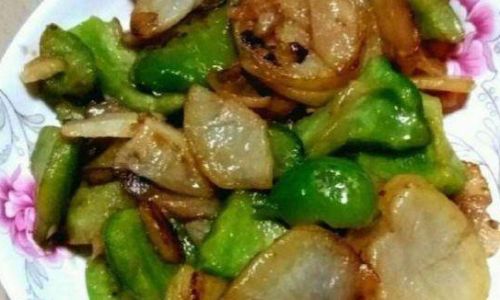
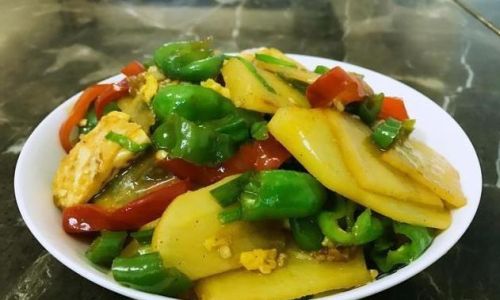
0 comments